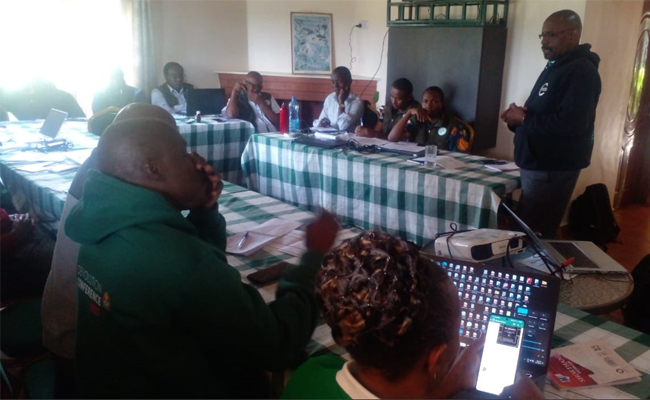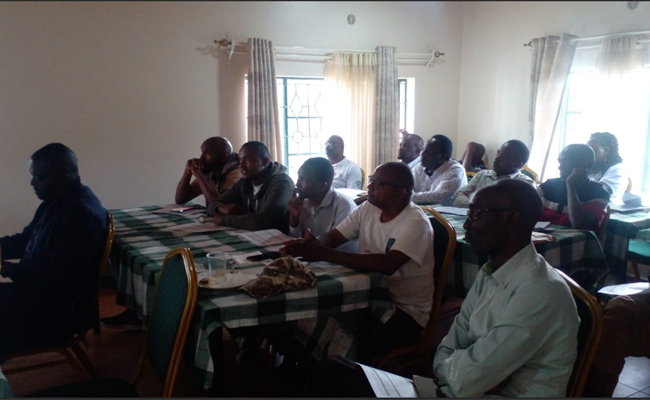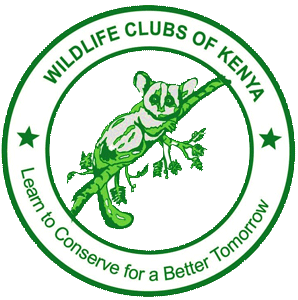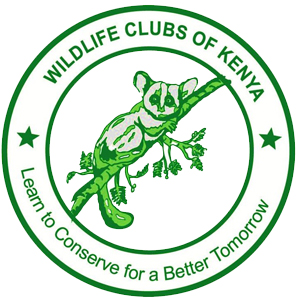Rift Valley Regional Office
It is an ideal facility now popularly used for conservation education purposes where students learn about the ecology of Lake Nakuru National Park, the wildlife and environmental issues with the objectives of making Kenya’s youth and the general public aware of great economic, culture and aesthetic value of Lake nakuru, develop a better understanding of the need to conserve Wildlife and other natural resources for the benefit of the nation and its people and Spread the interest and knowledge about wildlife, the environment and natural resources among the youths through conservation education.
- Conservation Education through school Mobile outreach program visits
- Establishing Wildlife Clubs in schools in the region
- Provision of Hostels facilities
- Conducting Trainings, Seminars, Workshops
- Assisting schools in the region to establish micro projects such as tree nurseries, compost pits, bee hives and nature trails
- Providing guided tours (Ecology program)
The Rift Valley's Sub Regions
The entire rift valley region has been sub divided into 3 major sub regions
Northrift sub region
This sub region covers Turkana, parts of West Pokot, Elgeyo Marakwet and parts of Baringo counties. Important conservation sites and attractions in this region include Nasolot Game reserve, Turkwel Gorge and Lake Turkana among others. WCK conservation education programs in this region address cross cutting thematic issues on forest, water /, livelihoods, wildlife, climate change amongst others. The WCK North rift Action group has actively been involved in conservation action.
Southrift Sub Region
The Wildlife Clubs of Kenya south rift region covers Narok, Bomet and Kericho counties. The region has a rich biological diversity including important ecosystems like the Masai mara national reserve, the Mau forest, the Mara river amongst others. The Mau forest is the largest water tower in Kenya. Masai mara is a world heritage site and one of the Seven Wonders of the World. The wildlife clubs of Kenya has an Action Group in the region that comprises of school wildlife club patrons. WCK works with the Action Group and other stakeholders in planning and implementing conservation programs in the schools. The region is also visited by the National Mobile Education Unit in the month of July every year.
The Central Rift Sub Region
The region covers the countries of Nakuru, Nyandarua, Uasin Gishu, parts of Nandi and parts of Baringo. It has a rich biological diversity that include the Lake Nakuru National Park and other natural resources such as forests and many other areas of interest.



